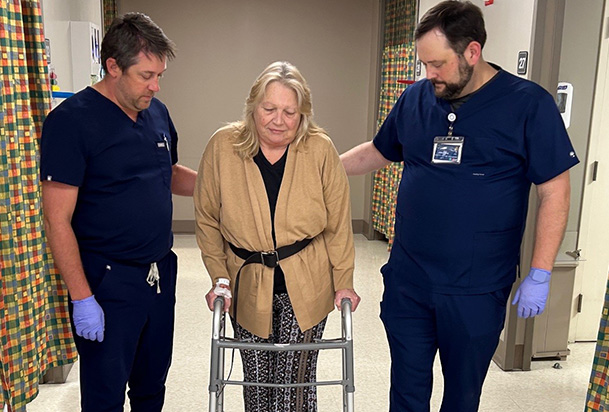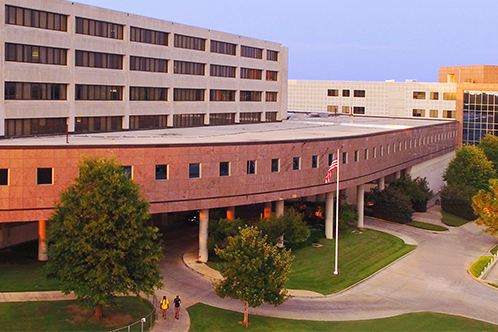- Medical Services
- Orthopedics & Sports Medicine
- Specialties & Services
- Joint Replacement

Joint Replacement
At NMMC, our joint replacement surgery length-of-stay, cost-per-patient and infection rates are all below national average.

Say Goodbye to Joint Pain
Joint replacement surgery can give you a new lease on life by replacing a damaged joint with a new one. Our orthopedic surgeons perform joint replacement on the hip, knee, ankle and shoulder.
Frequently Asked Questions
Your doctor will talk to you about whether surgery is the right choice for you, taking into consideration how severe your arthritis is and whether other treatments have helped. Your doctor will also explain what to expect before, during and after surgery, including how long it might take to recover.
When you come for pre-admission testing before surgery, our joint replacement coordinator will meet with you one on one to ensure you know exactly what to expect on the day of surgery and in the weeks to follow. Before leaving for home, you will walk with a physical or occupational therapist, and we will have your at-home and outpatient therapy sessions arranged.
Related Locations
Related Resources
View AllMusculoskeletal pain is the No. 1 reason why people visit their doctors each year. Our orthopedic surgeons can help.

